Project Overview
Coal pyrolysis is an advanced thermal conversion process that decomposes coal in the absence of oxygen to produce liquid fuels, gases, and solid carbon-based products. Unlike traditional coal combustion, which releases high levels of pollutants, pyrolysis provides a cleaner and more efficient way of utilizing coal while generating alternative fuels and chemical feedstocks. This project highlights how coal can be processed into multiple valuable outputs with reduced environmental impact.
Objectives
- Develop a cleaner utilization pathway for coal resources.
- Reduce direct burning of coal and associated emissions.
- Generate alternative fuels and industrial raw materials from coal.
- Contribute to energy security and diversification of fuel sources.
Outcomes / Results
- Improved resource efficiency by transforming coal into multiple high-value outputs.
- Reduced environmental footprint compared to conventional coal combustion.
- Generated consistent supply of chemical feedstocks for petrochemical industries.
- Lowered dependency on crude oil for certain chemicals and fuels.
Technology Used
ProcessHigh-temperature pyrolysis under oxygen-free or low-oxygen conditions
Emission ControlGas scrubbing systems and condensation units to minimize pollutants
Operating Temperature450–900 °C (depending on desired product yield)
ProductsTar/oil, coal gas, semi-coke (char), and chemical by-products like ammonia and benzene
Implementation Steps
1.Coal PreparationCrushing, drying, and sizing of raw coal feedstock
2.Feeding SystemContinuous or batch feeding into the pyrolysis reactor
3.Pyrolysis ProcessControlled heating in absence of oxygen to break down coal structure
4.Product Recovery

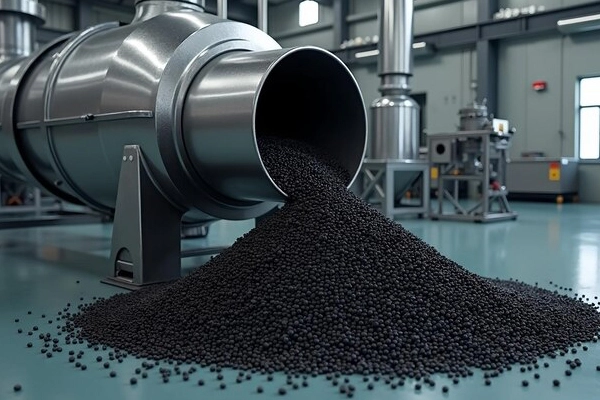

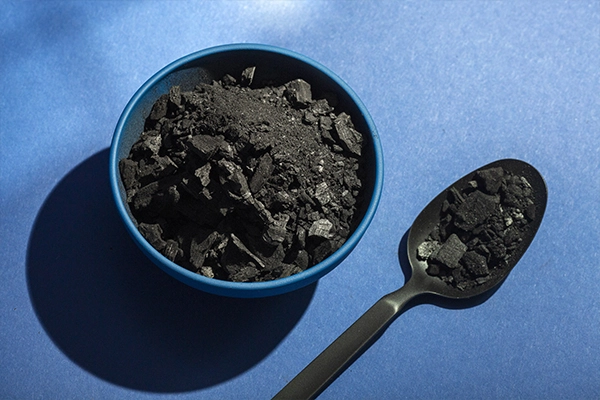
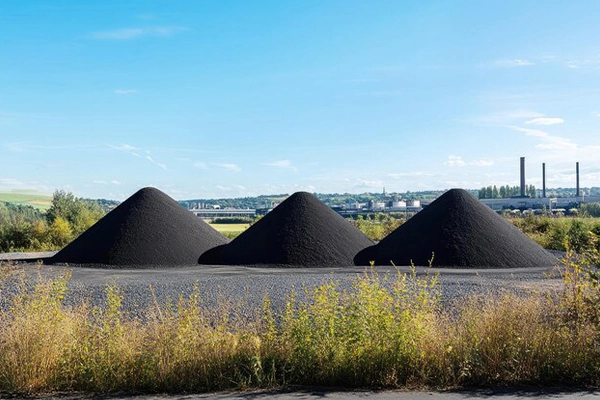
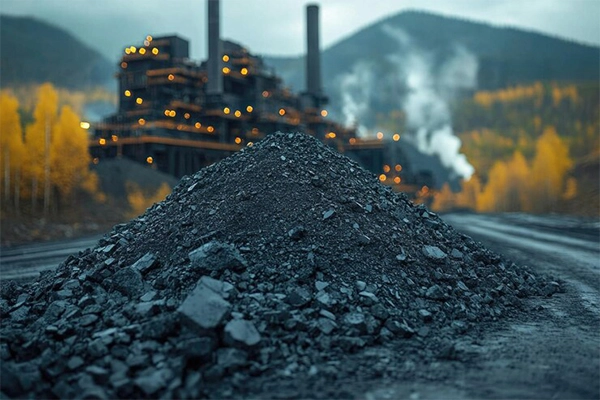
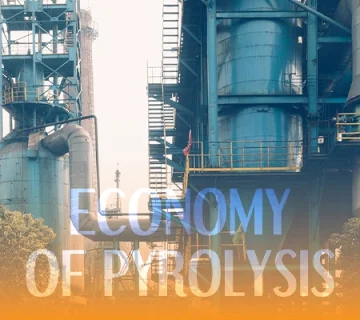
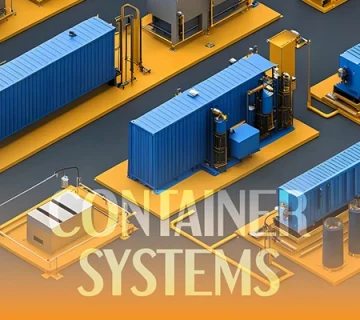
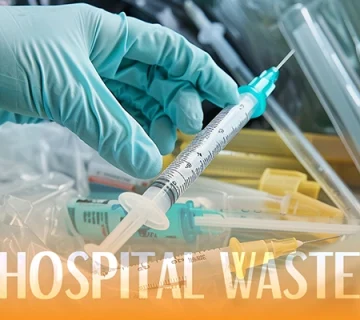
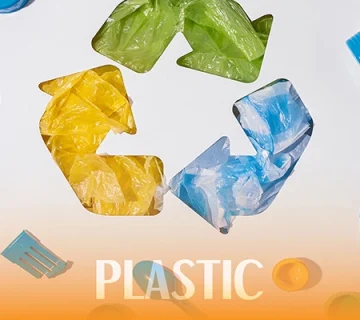
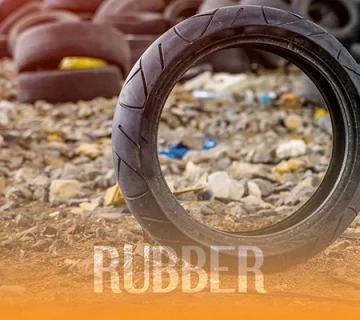
No Comment